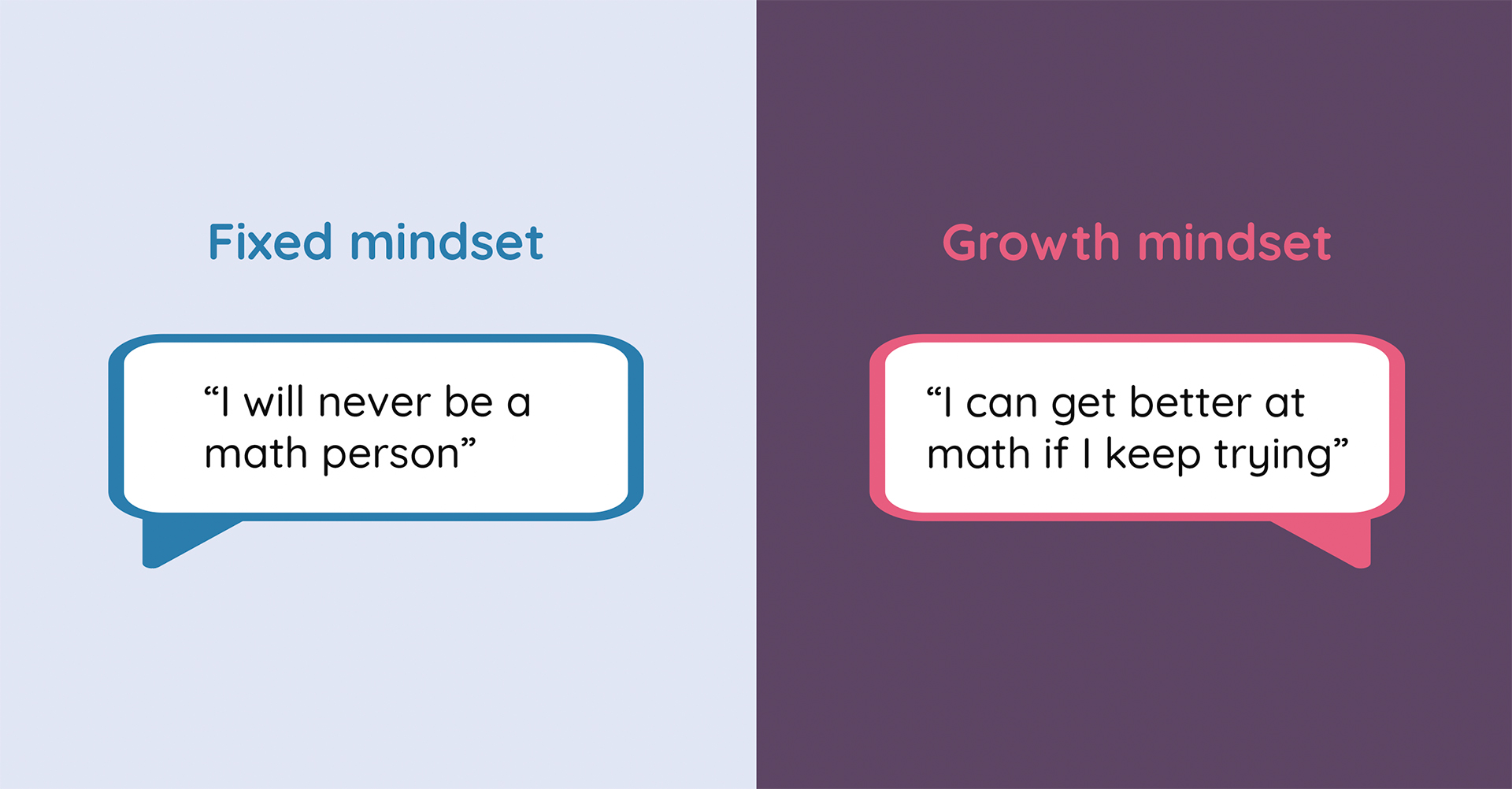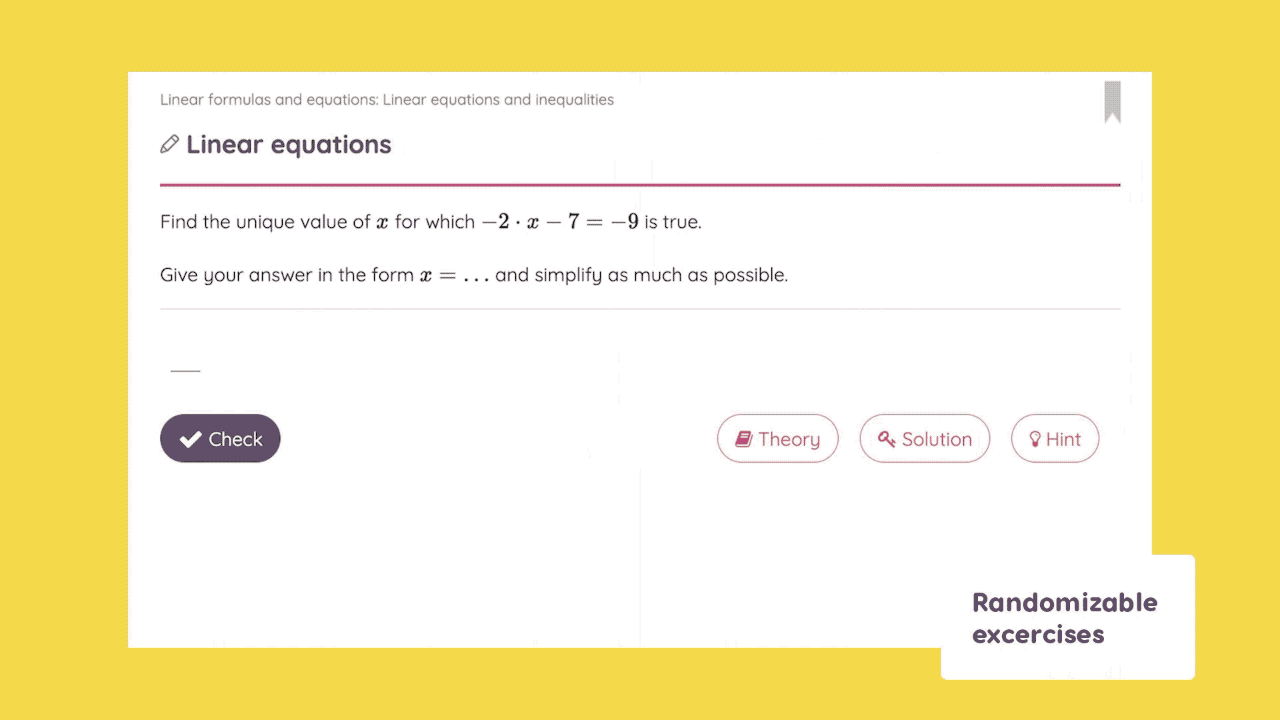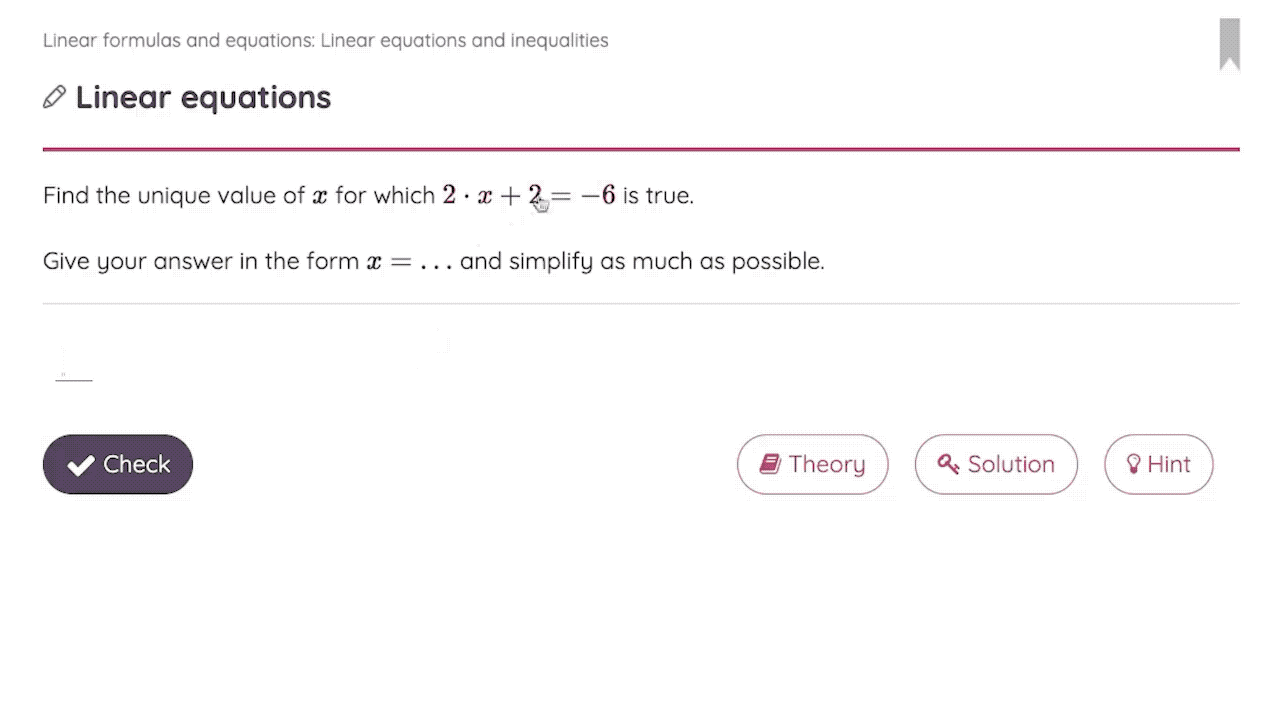
As we prepare for the upcoming academic year, one of the educators’ most significant challenges is ensuring students are fully engaged in their courses. It’s essential to assist students in developing good study habits right from the start.
One particular issue teachers often encounter is students leaving their math studies until the last minute, frequently resulting in distress and poor performance. Math anxiety and negative feelings about mathematics lead learners to choose passive and less suitable practices, such as rereading textbooks instead of solving exercises.
Jenifer et al. (2022) found in their research that “the majority of students ranked problem-solving as the most effortful study strategy and that math anxiety was associated with less planned engagement with effortful problem-solving during studying.” Besides, choosing the least active options increases the risk of “freezing” during the test.
Luckily, there are effective math teaching strategies to support students. The start of the course is a great moment to implement actions that can assist learners in staying on the right path. By addressing this matter early on, we can help students develop the skills and confidence they need to thrive.
In this blog post, we propose research-based teaching strategies to help students have a structured approach to mathematics learning and make the most of the lessons. We will also give you tips for implementing these suggestions while reducing your workload with digital tools. Finally, we have included examples of successful techniques used by instructors from leading institutions.
Although making mistakes is part of studying math, some people feel embarrassed to express their doubts or ask for guidance. Creating a welcoming atmosphere and establishing a positive and inclusive classroom environment facilitates learning. Open communication, respect for diverse perspectives, and a willingness to learn from mistakes are fundamental.
When students feel at ease to ask questions and seek assistance, they are more likely to participate actively in the learning experience. Below, we will discuss how technology can provide students with extra support without burdening teachers.
Many students believe they are just not “math people.” This belief is often a self-fulfilled prophecy, turning into passivity, poor performance, and negative emotions.
As psychology professor Carol Dweck (2016) explains, “individuals who believe their talents can be developed (through hard work, good strategies, and input from others) have a growth mindset.” In contrast, people with a fixed mindset believe that talents are innate gifts, giving up on developing them.

growth mindset example
Therefore, students need to cultivate a growth mindset to build their math study habits. To support them, one strategy is rewarding effort and progress over intelligence.
As Mueller and Dweck (1998) found, complementing students for their intelligence can negatively affect their achievement, motivation, and performance. Instead, praising them for striving to improve guides them and boosts their willingness to keep learning.
You can read more about strategies to help learners develop a growth mindset here.
It is helpful to plan the assessments during the course design stage and inform students about them during the first day of classes. This will help learners understand what is expected from them and start organizing their schedules. By knowing the bigger picture, they might feel more motivated to invest time and effort into their studies.
Many students feel confident when they flip through a math textbook with solved problems and think they know the material. However, facing the same problem on an exam without a solution can be a different story. It’s much easier to recognize a problem than to solve it alone.
Relying solely on recognition memory can give a false sense of readiness. Consistent practice improves retention and mastery of mathematical concepts. Working on hands-on, problem-solving activities will promote critical thinking, developing connections with the course materials, and deeper understanding.
Besides, to identify areas that need additional preparation, it’s crucial to encourage students to attempt to solve problems as if they were in an exam scenario. This approach helps to target knowledge gaps and fill them in on time. Plus, the more they practice, the easier it will get!

Spreading the evaluations across the course can encourage learners to master the content step by step, reducing the chances of leaving everything to the last minute and boosting the retention of the material.
Although tests are commonly used to evaluate students’ learning, they can also promote it. The testing effect is a well-known phenomenon. As the APA Dictionary of Psychology defines it, “taking a test on previously studied material leads to better retention than does restudying that material for an equivalent amount of time.”
Frequent testing has multiple advantages, like helping students identify knowledge gaps and better organize their learning (Roediger et al., 2011). Besides, early testing will enable you to detect red flags and see if there are people who need extra support on time. That’s a good reason to start the course with a diagnostic test, preventing future problems.
In this blog post, you can discover more about the testing effect and its benefits.
A helpful approach is to design a test with at least five questions based on the practice material. You can give students periodically the opportunity to submit a test during one week and three chances to achieve their highest score.
This strategy will alleviate any stress that learners experience and enable them to absorb the content in a more relaxed and thorough manner. It will also encourage learners to experience how they progress as they keep trying, motivating them to maintain good study habits.
Although, in this blog post, we focus on effective math teaching strategies to foster study habits from the educator’s perspective, there are several actions learners can put into practice themselves. These psychology-based recommendations might help your students stick to their new study routines and improve their time-management skills.
As Education Professor Deborah Reed (2023) explains, habits have a loop composed of a cue, a routine, and a reward. Students can develop a study loop by implementing these steps: 1) A daily fixed time to study. 2) A cue to start studying (e.g., sticky note or phone notification). 3) An environment that facilitates studying without interruptions. 4) A reward they can give themselves after accomplishing this goal.
The periodic repetition of these simple actions can lead to a habit that students will find easier to sustain in time.

Plus, finding a study buddy can help them stick to their routine and make it more enjoyable. Although math studying is commonly imagined as an individual and solitary task, collaboration in the math class leads to positive outcomes, like helping students grow academically and personally.
You might think these tips will significantly increase your workload. However, by strategically integrating technology in the math classroom, you can eliminate these repetitive tasks while staying in control.
Sowiso can automatically grade all these frequent tests, and you can follow your student’s progress with its intuitive learning analytics. We provide a user-friendly practice environment with interactive materials so students can practice independently. Sowiso facilitates unlimited practice with features like randomization. The randomized exercises provide students with endless variations of the same problem (and prevent cheating).

Randomization in Sowiso
Likewise, our exercises come with personalized feedback and hints that can be requested when somebody feels stuck. If an answer is incorrect, the platform identifies the mistake and guides the users toward the solution. When the outcome is correct, they will receive a positive message.
Our tool works like private tutoring, and it is always available. This system frees up resources, enabling educators and students to discuss the most challenging topics.

Automated personalized feedback in Sowiso
And, of course, let’s remember to celebrate students’ achievements! Even when their progress might look small, positive reinforcement and acknowledgment of their efforts can boost their confidence and motivate them to keep advancing.
Finally, it’s important to remember that realistic expectations are important to progress, and this process takes time. We can only develop our math skills by trying, making mistakes, learning from them, and improving, which is the basis of how Sowiso is designed!
Now, we want to use examples of how some of our partners use technology in the math classroom to support their students and encourage them to study throughout the year.
Dr. Edna James is an Assistant Professor at Algoma University. She teaches Pre-Calclus, Linear Algebra, and Calculus with Sowiso.

Photograph of Algoma University
Edna gives learners multiple opportunities to master the content of the courses, letting her students redo their homework as many times as they want until they get their desired outcomes. She can comfortably give everyone all these chances because she doesn’t have to invest extra time in grading since she uses Sowiso’s randomization and automated feedback and grading.
Getting immediate automated feedback is vital in helping students know how to improve and put it into practice right away. Edna invests this extra time in providing learners with personalized guidance. As she says, “Now we have math conversations instead of arguments about grades.”
With Sowiso, students’ mindsets shifted from “I can’t do math” to “I get better each time I try.” She also obtained other amazing results like better grades and reduced cheating.
If you want to listen to this teacher in her own words, you can watch the video Edna created about her before-and-after experience teaching online with our platform.
Dr. Fleur Zeldenrust is an Assistant Professor at the Department of Neurophysiology at Radboud University. In 2019, she started teaching Mathematics for Biologists, an introductory course taught to about 140 first-year biology students every year.

Photograph of Radboud University
When Fleur started designing this course, one of the biggest challenges she faced was that the students from this course had very diverse backgrounds in mathematics. So, their levels were very diverse.
Fleur devised a clever strategy to maximize her contact time with students and cater to their different learning speeds. She had one day a week to work with them in her course. The day began with a tutor session, where students were split into small groups and could ask questions about the previous week’s materials. After the tutor session, Fleur gave lectures to introduce new topics.
The bulk of the day was dedicated to tutorials, which Fleur’s teacher assistants supervised. During these tutorials, students could practice what they had just addressed in the lectures. Attendance at these tutorials was mandatory, but Fleur ensured learners were given a diagnostic test at the start of each session. Students could go home or keep working on other problems if they passed the test.
While advanced students could demonstrate their understanding and move on, those who needed more time and assistance were given plenty of opportunities to master the material at their own pace. Thanks to Fleur’s innovative approach, everybody benefitted from a high-quality, adaptive learning experience that facilitated them to avoid procrastination.
Read Fleur Zeldenrust’s use case.
If you want to read more stories about teachers implementing effective math teaching strategies with the help of technology, you can visit our use cases.
Good luck with this new course!